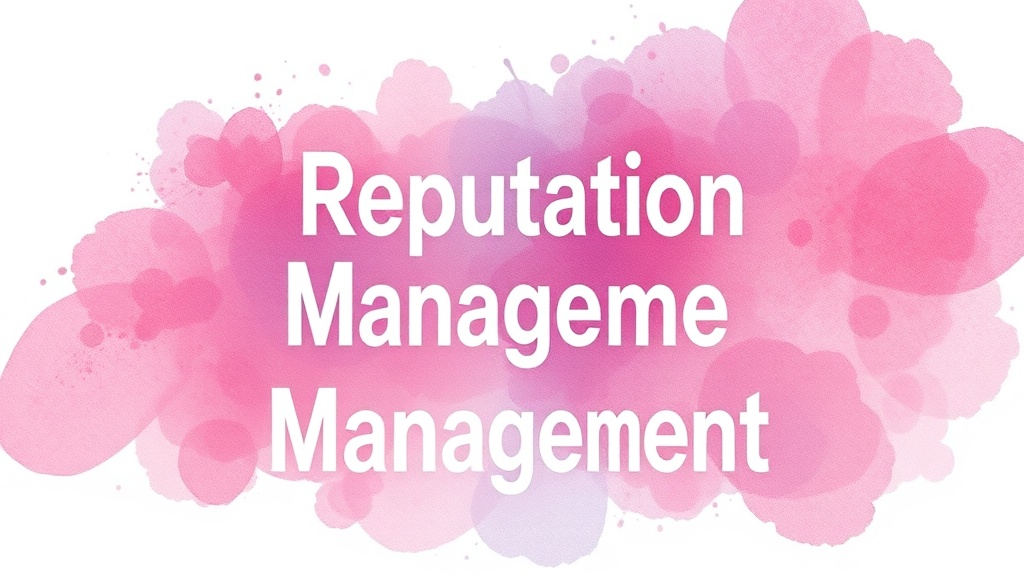Reputation management is no longer optional — it’s central to growth, trust, and resilience. Today’s audiences research before they buy, share before they trust, and judge a brand by search results, reviews, and social conversations. A proactive reputation strategy turns public opinion into a competitive advantage.
Core elements of modern reputation management
– Monitoring: Continuously track brand mentions across search engines, review sites, social media, forums, news, and niche communities. Use a mix of automated alerts and periodic manual checks to catch tone and context that tools might miss.
– Response: Speed and empathy matter. A well-crafted public reply to a negative review or social complaint calms situations and demonstrates accountability.
Follow up offline to resolve specifics and invite the customer to update their review.
– Content control: Push positive, authoritative content to the top of search results. Optimize your website, press releases, blog posts, and executive bios with relevant keywords, structured data, and clear messaging that reflects brand values.
– Stakeholder alignment: Train staff and spokespeople on consistent messaging.
Employee conduct online, partner actions, and executive visibility all shape perception.
– Measurement: Track sentiment, review score trends, NPS, share of voice, and organic search visibility for branded queries. Tie reputation KPIs to business outcomes like conversion rate and churn.
Practical tactics that move the needle
– Prioritize review management: Respond to every substantive review — positive or negative. Thank positive reviewers and use their language as testimonials. For negative feedback, acknowledge, apologize when appropriate, and propose a next step. Avoid defensive language and don’t ignore patterns that indicate operational issues.
– Optimize local presence: For organizations with physical locations, maintain a complete, up-to-date business profile across mapping and review platforms. Encourage satisfied customers to leave reviews and reply to them promptly.
– Create a content buffer: Publish evergreen, high-quality content that highlights expertise, customer success stories, and values. Thought leadership pieces by executives can humanize the brand and outrank isolated negative posts.
– Use social listening to anticipate issues: Identify rising complaints, misinformation, or influencer criticism early.
Quick, transparent responses prevent escalation.
– Leverage third-party validation: Awards, certifications, partnerships, and media coverage build credibility. Showcase these prominently on product pages and corporate profiles.
Crisis playbook essentials
– Detect: Alerts should flag volume spikes or high-impact mentions.
– Assess: Determine scope, stakeholders affected, and legal risk.
– Respond: Deploy a pre-approved statement, tailored to the channel and audience; be factual and accountable.
– Escalate: Involve PR, legal, product, and customer success teams as needed.
– Review: Conduct a post-event analysis to update processes and communications.
Legal and ethical boundaries

Know when to escalate to legal counsel — for defamation, false claims, or malicious campaigns. Balance takedown requests with transparency; overzealous removal attempts can amplify attention.
Respect platform policies and privacy laws when collecting and publishing testimonials and reviews.
A healthy reputation is cultivated through daily discipline and strategic initiatives. By combining vigilant monitoring, rapid empathetic responses, authoritative content, and cross-functional coordination, organizations can shape the narrative before others define it. Reputation management isn’t a one-off fix — it’s an ongoing investment in trust.